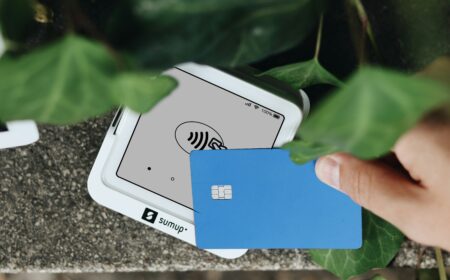Ecommerce is still a largely unexplored territory when it comes to the consumer goods industry. Most revenue management teams in FMCG have years of experience working with bricks and mortar retailers, but when it comes to online, are unsure where to start.
The world is going digital, and Ecommerce will only continue to grow.
But, as the entrepreneur and marketeer Gary Vaynerchuck put it: ‘Every second you spend thinking about what somebody else has, is taking away from time that you could create something for yourself’.
In light of this, it’s about time consumer goods businesses developed solid Ecommerce strategies if they haven’t had them in place already. So, here are some top tips for how revenue managers can kickstart their Ecommerce strategy:
First, understand where you are on the journey
For consumer goods manufacturers, there’s a vast disparity when it comes to Ecommerce maturity. Early adopters in the space started roughly 20 years ago after some of the UK’s biggest retailers, namely Tesco and Sainsbury’s, launched their first online shopping platforms.
And you might be further along than you think. If you’re working with any of the big retailers, by default you already have an Ecommerce business. The question now is how close are you to it? And how much do you understand about what’s going on in the space? Take a step back and have an honest conversation with yourself and with your business to understand where you are on the journey. Assess your capability and spend time doing so.
Dedicate the right resource
For those at the very beginning, it’s important to have a plan, and be really intentional rather than half-hearted. To get going, an Ecommerce function does not need a huge amount of resource to be effective. However, it’s important to consolidate and centralize it. If possible, it’s better to have one or two people in roles fully dedicated to Ecommerce rather than having it spread over your sales or revenue management teams as 10 or 20% of their responsibility.
Align with senior management quickly
Get senior management on board quickly, and align them to your plan. There will initially be a lot of mindset shifting to do, and success here heavily depends on the business doing things differently. Expect some challenging conversations about how you want to change things.
To communicate your plan as effectively as possible, demystify some of those digital metrics for the senior management team. You don’t want senior management to glaze over when you present to them – so explain what click through rate means, compare how CPC performs against the price of promotions ran in store, and draw comparison with something widely understood. Don’t bamboozle your stakeholders with new metrics and communicate what you’re doing as effectively as possible.
Set clear objectives
Lay out some clear objectives at the start of your plan. This is a dynamic and fast evolving space with lots of new and shiny tools that you can easily get distracted by. The danger is that you become busy fools without aligning to clear goals. Get the basics right and compare to what you know really well – there are lots of commonalities between the physical shelf and the digital shelf.
Test, fail, learn & scale
Finally, adopt the mantra of ‘test fail, learn & scale’ and have some fun! There are relatively low barriers to testing in Ecommerce and the beauty of digital is that failing isn’t risky. Scale when it works, as there’s a real opportunity for the right mindset to add value to your retailers and your customers.



